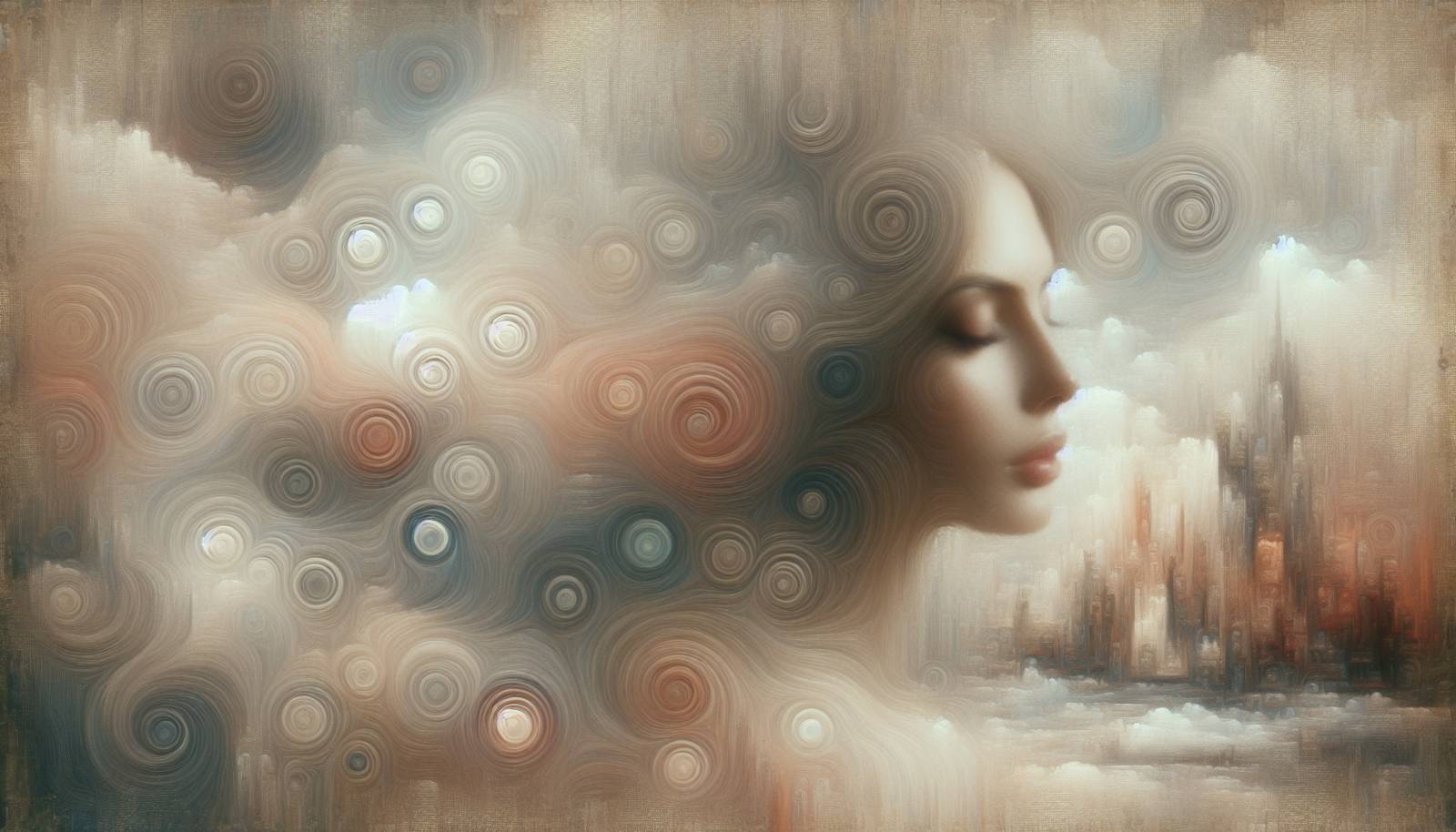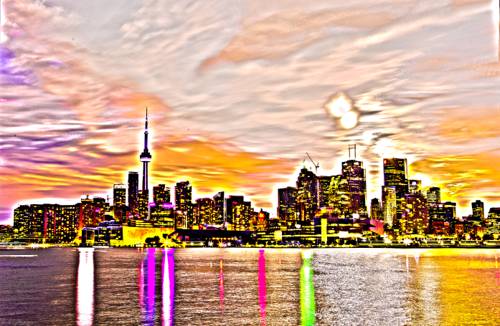
FAQ About The Influence of Surrealist Photography

What is surrealist photography?
Surrealist photography is an art form that captures images in unconventional ways to evoke dreamlike scenes and explore the subconscious mind. It emerged as part of the Surrealism movement in the early 20th century, which sought to transcend reality through illogical scenes, bizarre compositions, and abstract elements. Surrealist photographers often use techniques like double exposure, photomontage, and unusual perspectives to create unexpected and thought-provoking visuals.

Who are some famous surrealist photographers?
Famous surrealist photographers include Man Ray, known for his use of photograms, and Hans Bellmer, recognized for his unsettling doll images. Lee Miller, originally a fashion model, also became a renowned surrealist photographer. Other notable figures include Claude Cahun and Raoul Ubac, each contributing uniquely to the surrealist imagery with their distinct styles and ideas.

What techniques are commonly used in surrealist photography?
Surrealist photographers often employ techniques such as double exposure, photomontage, solarization, and manipulation of photographic negatives. These methods help create unexpected, dreamlike images that defy normal perceptions of reality. For instance, double exposure involves layering two different images together, while photomontage combines several photographs into a single composition. These techniques are essential in producing the fantastical and illogical scenes typical of surrealism.

How did surrealist photography influence modern visual arts?
Surrealist photography has had a profound influence on modern visual arts by challenging traditional perspectives and encouraging experimentation with form and content. The movement's focus on dreams and the subconscious mind paved the way for contemporary artists to explore psychological and abstract themes. This influence can be seen in various art forms, including film, where directors like David Lynch and Federico Fellini incorporate surreal elements, and in digital art, where manipulation software allows for complex, surreal compositions.

What impact did surrealist photography have on the development of other artistic movements?
Surrealist photography significantly impacted subsequent artistic movements by fostering a desire to explore deeper, psychological layers beyond the everyday world. For example, it influenced the Dada movement, leading to even more extreme forms of art that rejected convention. The exploration of abstract and dreamlike concepts also inspired modernism and post-modernism by encouraging artists to delve into non-traditional narratives and structures in their work, particularly in photography and film.

How is dream imagery used in surrealist photography?
Dream imagery is a cornerstone of surrealist photography, used to invoke emotions and provoke thought by depicting illogical and fantastical scenes. Photographers craft these images through various techniques, such as distorting everyday objects or creating impossible situations. This approach mirrors the unpredictable nature of dreams, allowing viewers to interpret the imagery in multiple ways and explore their subconscious thoughts and feelings.

What role does the subconscious mind play in surrealist photography?
The subconscious mind plays a central role in surrealist photography, inspiring the creation of images that transcend rational thought and explore hidden desires, fears, and emotions. Photographers seek to capture moments that reflect the spontaneity and unpredictability of the subconscious, often using abstract forms and curious juxtapositions. This focus on the inner mind encourages viewers to engage with the artwork on a personal level and reflect on their deeper psychological experiences.

Can surrealist photography be found in commercial art today?
Yes, surrealist photography has made its way into commercial art, particularly in advertising and fashion photography. The movement's distinct style, which includes dreamlike settings and unexpected compositions, is often utilized to create memorable and striking visuals. This approach helps brands tell stories that stand out and evoke emotional responses from consumers. Many contemporary photographers draw upon surrealist techniques to produce images that challenge perceptions and captivate audiences.

Are there specific modern artists who have been influenced by surrealist photography?
Many modern artists and photographers continue to draw inspiration from surrealist photography. Artists such as Jerry Uelsmann, known for his seamless photographic montages, and Erik Johansson, who creates scenes of impossible realities with a surreal twist, demonstrate the ongoing influence of surrealist techniques. Their works often explore unconventional themes and narratives that challenge the viewer's perception of reality, much in the tradition of early surrealists.

What are some common themes found in surrealist photography?
Common themes in surrealist photography include dreams, the unconscious mind, illusion, and juxtaposition of the ordinary with the extraordinary. Photographers often explore human emotion, identity, and nature in bizarre and thought-provoking ways, creating images that question reality and logic. This exploration often leads to artworks filled with mystery and intrigue, engaging the viewer's imagination and encouraging deeper interpretation.

Why did surrealist photographers often use techniques like double exposure?
Surrealist photographers favored techniques like double exposure as they allowed for the creation of unexpected and dreamlike images. Double exposure involves superimposing one image on another, which can unify disparate elements into a cohesive whole that challenges the viewer's perception of reality. This technique aligns with the goal of surrealism to convey the workings of the subconscious mind and explore themes beyond the visible and rational world.

What was the historical context for the emergence of surrealist photography?
Surrealist photography emerged during the early 20th century, a period marked by dramatic social and cultural changes following World War I. The movement arose as a reaction against the rigid norms and rationality of the modern world. Influenced by the writings of Sigmund Freud on dreams and the unconscious, artists sought to break free from conventional aesthetics and explore deeper, often unsettling truths about human experience.

How does surrealist photography differ from traditional photography?
Surrealist photography differs from traditional photography in its approach to subject matter and technique. While traditional photography often focuses on realistic representations of the world, surrealist photography seeks to transcend reality by employing unconventional techniques and creating imaginative, otherworldly scenes. Surrealist photographers prioritize the creative interpretation of imagery over factual accuracy, using their art to explore the realm of dreams, the unconscious, and fantasy.

Is digital editing considered part of surrealist photography today?
Digital editing is indeed considered a contemporary extension of surrealist photography. Modern digital tools allow photographers to manipulate images with precision, creating surreal compositions that were once difficult to achieve with analog techniques. Software like Adobe Photoshop offers endless possibilities for crafting dreamlike imagery by blending and altering digital photographs. This has expanded the boundaries of what can be considered surrealist art in the current digital age.

What is the relationship between surrealist photography and film?
Surrealist photography has heavily influenced the development of surrealist film, with both art forms sharing a common focus on dreamlike narratives and the exploration of the subconscious. Elements commonly found in surrealist photography, such as unusual perspectives and bizarre juxtapositions, are often mirrored in films by directors like David Lynch and Luis Buñuel. This shared aesthetic helps to create visually compelling stories that challenge viewers' perceptions and provoke deeper thought.

How did World War I influence the surrealist movement in photography?
The aftermath of World War I played a significant role in shaping the surrealist movement, including photography. The horror and chaos of the war led artists to question traditional values and search for new ways to express the fragmented and bewildering reality they experienced. Surrealist photography emerged from this context as a means to explore unconscious desires and irrational images, offering a creative outlet for expressing the complexities of human nature and society.

Why is juxtaposition crucial in surrealist photography?
Juxtaposition is crucial in surrealist photography because it creates visual contradictions that challenge ordinary perceptions and engage the viewer's imagination. By placing seemingly unrelated or oppositional objects together, surrealist photographers craft images that are open to interpretation and provoke curiosity. This strategy helps to convey the unpredictable and illogical nature of dreams, drawing attention to the fluid boundaries between reality and fantasy.

How do surrealist photographers use the concept of time in their work?
Surrealist photographers often manipulate the concept of time to create images that evoke a sense of timelessness or disorientation, reflecting the fluidity of dreams. Techniques may include capturing motion in a single still frame, layering images to suggest different realms of time, or juxtaposing elements from different eras. These methods disrupt conventional narratives of time, encouraging viewers to engage with the image from multiple temporal perspectives.

What are photograms, and why are they used in surrealist photography?
Photograms are photographic images made without a camera by placing objects directly onto the surface of light-sensitive material and then exposing it to light. Surrealists, like Man Ray, used photograms to explore abstraction and chance, creating images that challenged conventional photography practices. This technique allowed surrealists to directly engage with the photographic medium, producing unique and unpredictable results that aligned with the movement's ethos of breaking boundaries and exploring the surreal.

How do surrealist photographers depict identity and self in their work?
Surrealist photographers often explore themes of identity and self by deconstructing and distorting facial features, body parts, and personalities. This can involve mixing human forms with mechanical or natural elements, applying abstraction, or creating fragmented or mirrored portraits. These techniques highlight the complex and multifaceted nature of identity, pushing viewers to question the stability of self-perception and the influence of the unconscious mind on personal identity.
